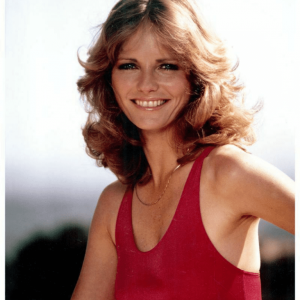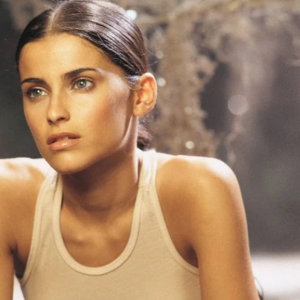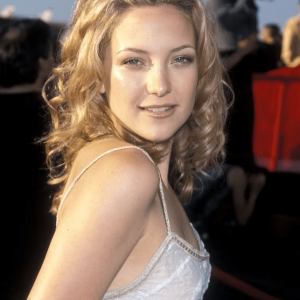The 1989 film Batman, directed by Tim Burton, marked a turning point for superhero cinema. Dark, brooding, and uniquely stylish, this movie not only revitalized Batman’s image but also set the standard for future superhero films. While many fans admire its gothic atmosphere and iconic performances, there are countless behind-the-scenes stories that remain lesser-known. Let’s dive into some surprising facts and mysteries about the making of this legendary movie.
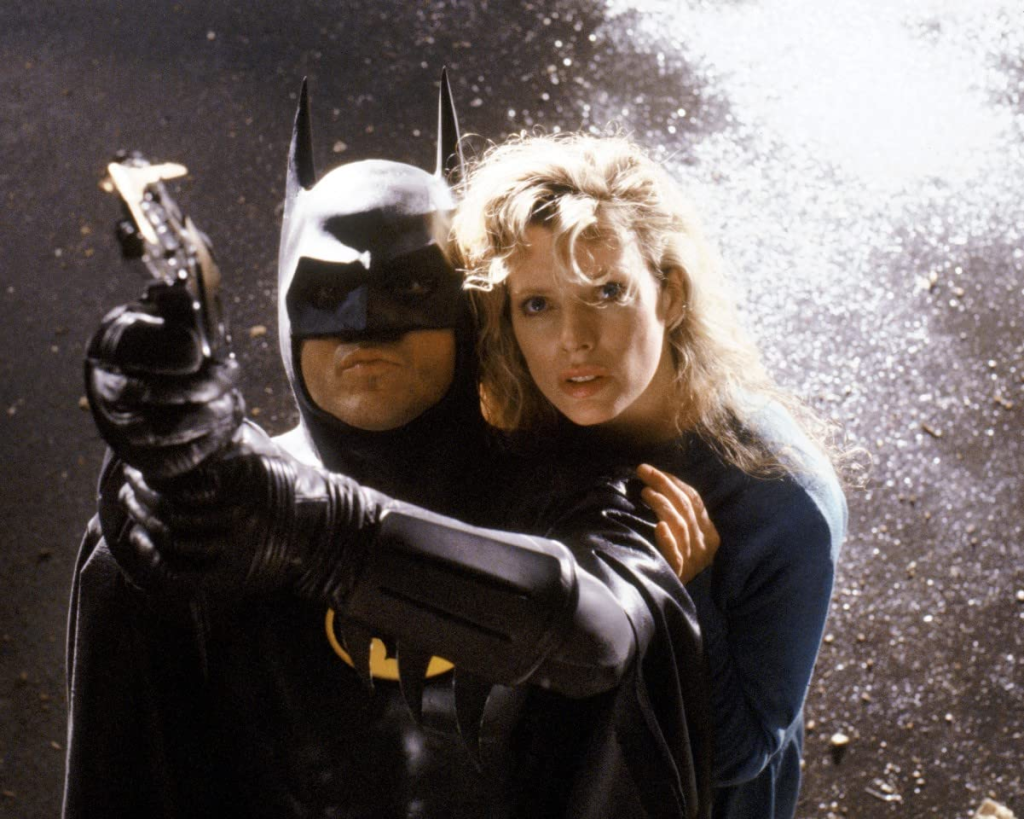
The Unexpected Choice for Batman
Initially, Michael Keaton wasn’t the obvious choice for the role of the Dark Knight. Warner Bros. considered a long list of candidates, including Mel Gibson, Kevin Costner, Charlie Sheen, Harrison Ford, and even Bill Murray. When director Tim Burton cast Keaton, fans were outraged because Keaton was mostly known for his comedic roles. Despite the backlash, Burton stood by his decision, confident that Keaton could embody both Bruce Wayne and Batman. In the end, Keaton’s performance silenced the critics and solidified his place in superhero history.
Jack Nicholson’s Joker: A Masterstroke of Negotiation
Getting Jack Nicholson to play the Joker wasn’t easy. The role was initially considered for David Bowie, Robin Williams, and Tim Curry. However, Nicholson demanded creative control over his portrayal, from makeup to costume design. He also negotiated a lucrative deal, including a significant share of the film’s profits and merchandise sales. This contract ultimately earned him around $50 million, making it one of the most profitable roles of his career.
Video: Batman (1989) | Batmobile Chase
A Tense Atmosphere on Set
The filming of Batman was anything but smooth. Jack Nicholson often arrived late on set, but his charismatic presence made it hard for anyone to complain. Tim Burton, exhausted from the pressure, found solace in Nicholson’s unpredictable energy, believing it brought authenticity to the Joker’s chaotic persona.
Meanwhile, Michael Keaton faced challenges with the heavy and restrictive Batsuit. The suit was so stiff that it made it impossible for him to turn his head. This limitation inadvertently gave Batman a more intimidating presence since Keaton had to rotate his entire body rather than just his head. This accidental choice became an iconic feature of the character’s movement.
The Famous Joker Dance Was Completely Improvised
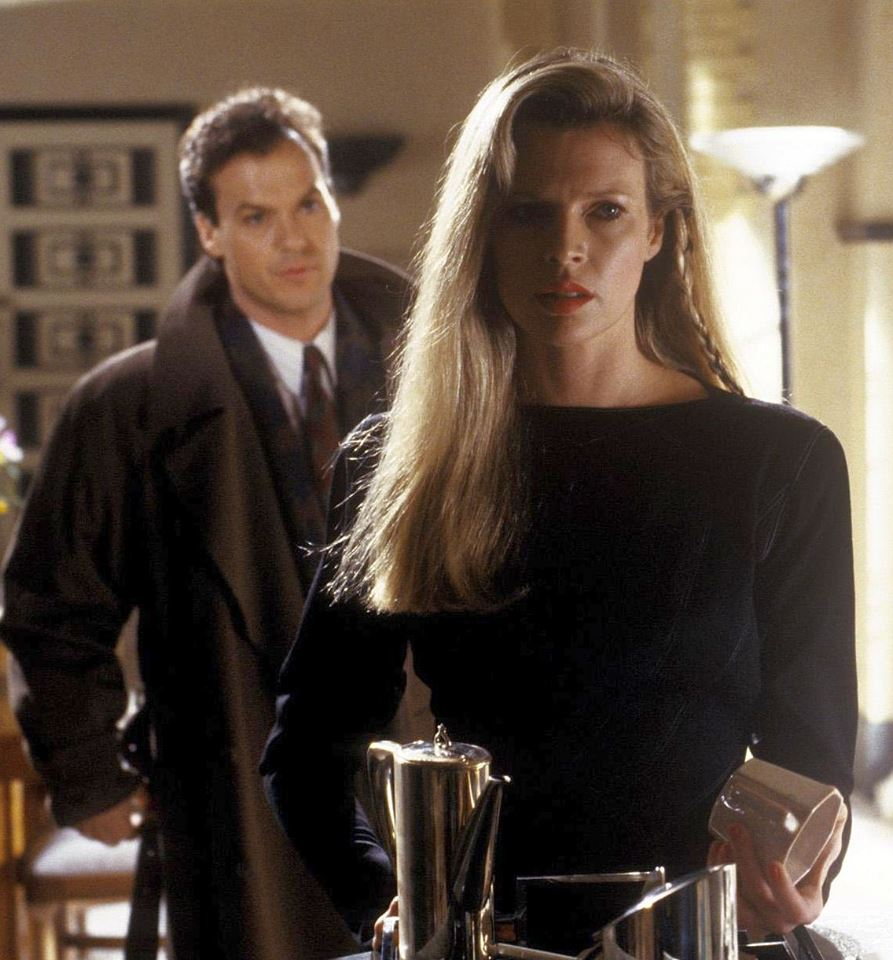
One of the most memorable scenes in Batman features the Joker dancing around a museum to the song “Partyman” by Prince. Surprisingly, this scene wasn’t part of the original script. Jack Nicholson came up with the idea on set, inspired by the chaotic and flamboyant nature of his character. Burton loved the improvisation and decided to keep it in the final cut. This spontaneous moment became one of the film’s most iconic scenes.
A Surprising Musical Twist
Initially, Tim Burton didn’t plan to include Prince’s music in the film. The studio, however, saw an opportunity to market the film to younger audiences. Burton was hesitant at first but later embraced the idea after realizing how the music added a unique flair to Gotham City’s dark ambiance. The combination of Prince’s energetic tracks with Danny Elfman’s haunting score created a distinct sound that complemented the film’s unique aesthetic.
Gotham City: A Gothic Masterpiece
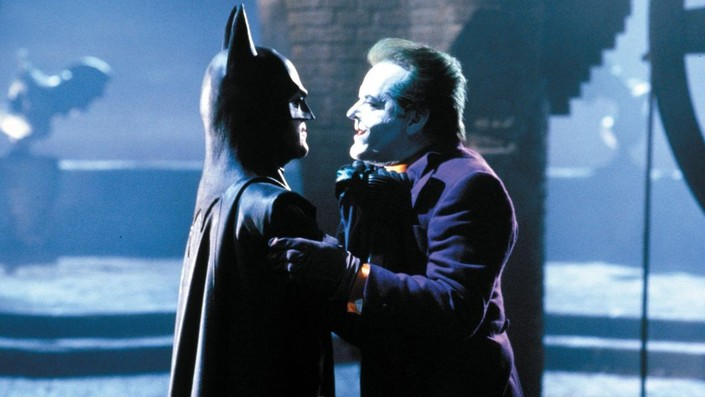
To create Gotham City’s eerie and dark atmosphere, production designer Anton Furst built elaborate sets at Pinewood Studios in England. The city’s gothic architecture, complete with towering spires and shadowy alleys, became a character in itself. Tim Burton wanted Gotham to feel like a place where crime thrived—a decaying metropolis on the brink of chaos. The meticulous set design gave the film a timeless and otherworldly quality, perfectly aligning with Burton’s vision.
Weather Challenges and Budget Overruns
The film was shot in England during the winter, and the unpredictable weather posed significant challenges. Rainstorms damaged sets, and the constant cold affected the cast and crew’s morale. To make matters worse, the need to rebuild parts of Gotham after weather damage led to budget overruns. Tim Burton later admitted that the harsh conditions took a toll on him, but the dedication of the team kept the project moving forward.
The Joker’s Fate Wasn’t Set in Stone
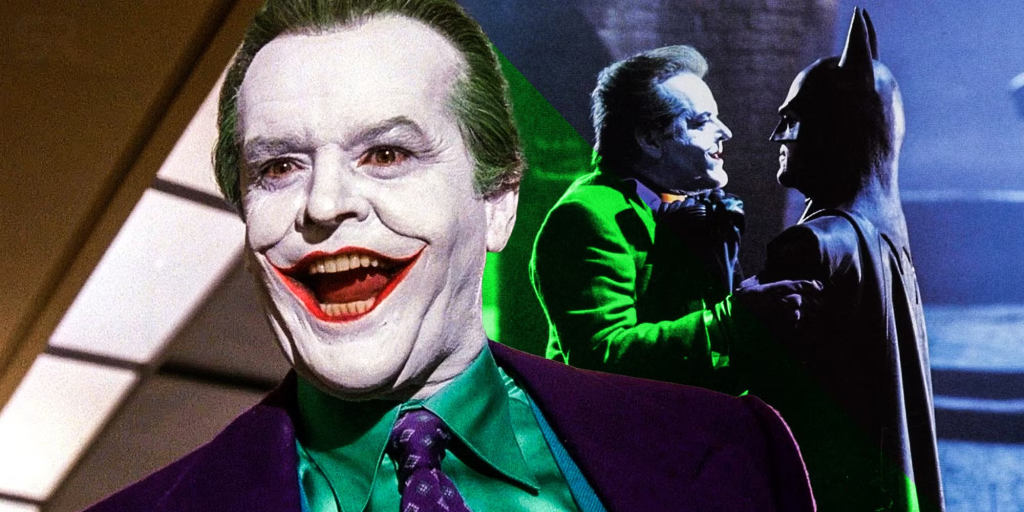
Originally, the script intended for the Joker to survive and be captured, but Tim Burton changed the ending during production. He felt that having Joker die at the climax would create a more dramatic and satisfying conclusion. The decision also ensured that Nicholson wouldn’t have to reprise the role, as he wasn’t interested in committing to sequels. The haunting final shot of Joker’s lifeless smile remains one of the film’s most haunting images.
Special Effects: Practical Yet Ingenious
Before CGI dominated Hollywood, Batman relied heavily on practical effects. One memorable scene shows the Joker washing his face, revealing his white makeup beneath. To achieve this, the makeup team cleverly applied a layer of flesh-toned makeup over Nicholson’s white face paint, which he then wiped off on camera. The result was a simple yet effective visual trick that added to the eerie transformation of his character.
Cultural Impact and LegacyThe Untold Secrets Behind an Iconic ’80s Superhero Movie: You Won’t Believe What Happened Behind the Scenes!
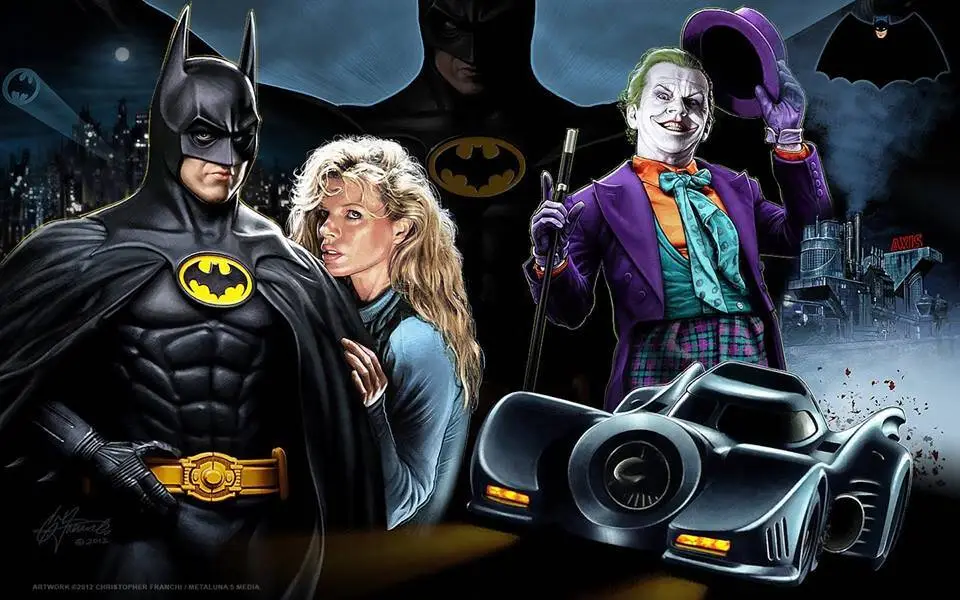
When Batman hit theaters, it wasn’t just a movie—it became a phenomenon. The film’s darker tone, complex characters, and visual style challenged the campy superhero portrayals of the past. Audiences were captivated, and critics praised the film’s mature approach. It also paved the way for darker superhero movies like The Dark Knight Trilogy and Joker.
Merchandise sales skyrocketed, from action figures to posters, and the bat logo became a global symbol once again. The movie’s success redefined the superhero genre, proving that comic book adaptations could be taken seriously by mainstream audiences.
A Lasting Masterpiece
Video: Batmobile scenes сut | Batman 1989
Decades later, Batman (1989) continues to influence filmmakers and fans alike. Its bold approach to storytelling, iconic performances, and visually striking Gotham City remain unmatched in many ways. Tim Burton’s creative risks paid off, setting a new standard for superhero movies.
The film’s legacy is a testament to its timeless appeal. It’s more than just a superhero flick—it’s a piece of cinematic history that dared to take a beloved comic book character into darker, more complex territory. For fans of the Caped Crusader, Batman (1989) remains a masterpiece that continues to captivate and inspire.
